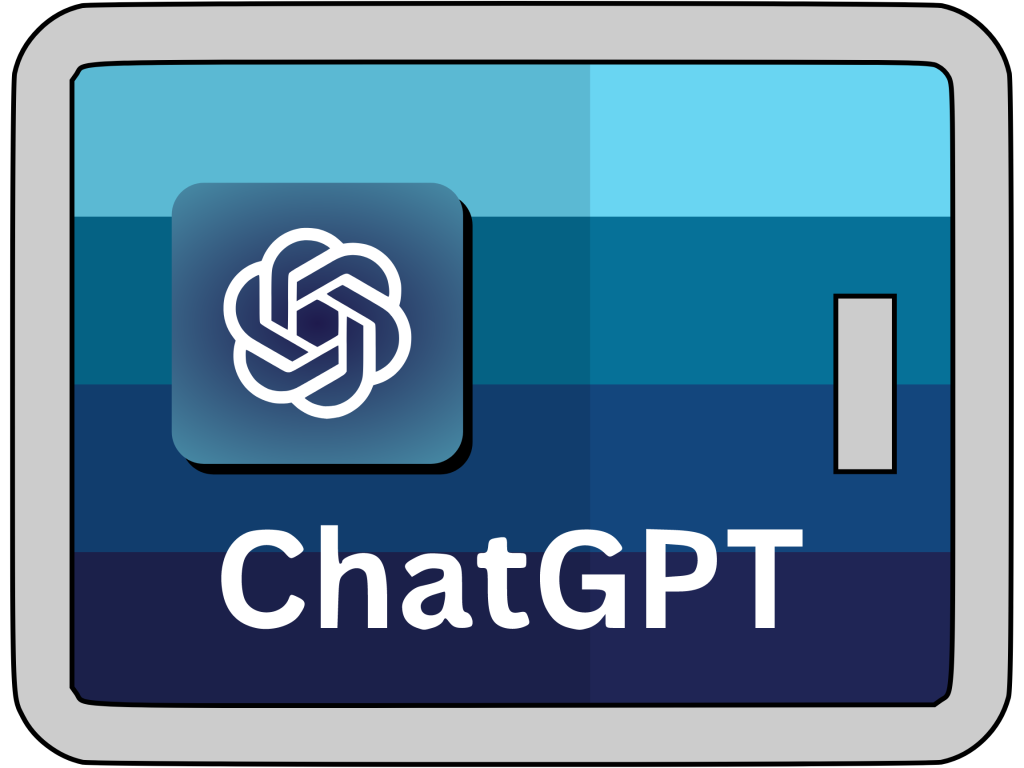The world of education has seen a significant shift in recent years, with an increasing number of parents choosing to homeschool their children. Homeschooling has become a popular alternative to traditional schooling for many reasons, including the desire for a personalized education, flexibility in scheduling, and the ability to cater to specific learning styles.
AI In Education?
With the rise of technology, there are many tools and resources available to support homeschooling. One of the most powerful tools in this space is Chat GPT. Chat GPT is a natural language processing model developed by OpenAI that can generate human-like responses to text-based prompts. It is one of the most advanced language models available today, with the ability to understand context, generate coherent sentences, and even write entire paragraphs.
In this article, we will explore how Chat GPT can be used for homeschooling, and how it can support and enhance the education of children. From providing personalized feedback to assisting with homework, Chat GPT can have the potential to revolutionize the way we think about education.
How can Chat GPT be used for homeschooling?
Assisting with School Work
Chat GPT can be a valuable tool for students who need assistance with their school work. Students can input their questions or problems, and Chat GPT can provide step-by-step solutions and explanations. Chat GPT can also provide examples and practice problems to help students better understand the material.
Providing Feedback
One of the biggest benefits of homeschooling is the ability to provide personalized feedback to students. Chat GPT can assist with this by providing detailed feedback on assignments and assessments. For example, if a student submits a writing assignment, Chat GPT can provide feedback on grammar, spelling, and sentence structure, as well as suggestions for improving the overall quality of the writing.
Tutoring
Chat GPT can also serve as a virtual tutor, providing one-on-one assistance to students. Chat GPT can answer questions, provide explanations, and offer guidance on difficult concepts. This can be especially helpful for students who are struggling with a particular subject, or who need extra help outside of regular class time.
Enhancing Learning
Chat GPT can be used to enhance the learning experience in a variety of ways. For example, students can input prompts related to a particular subject or topic, and Chat GPT can generate responses that provide additional information and insights. Chat GPT can also provide interactive activities and games that help students engage with the material in a fun and interactive way.
AI has the potential to transform the way we think about education and the role of technology in the classroom. With its ability to provide personalized feedback, assistance, and guidance, Chat GPT can be a valuable tool for homeschooling families who are looking to provide their children with a high-quality education that is tailored to their individual needs and learning styles.

Potential challenges and limitations of using Chat GPT for homeschooling
While Chat GPT is an impressive tool that can assist with homeschooling, there are also some potential challenges and limitations to consider.
Limited Knowledge and Capabilities
Chat GPT is a powerful language model, but it is still limited by its knowledge and capabilities. It may not be able to answer all questions or provide accurate responses to certain prompts. Additionally, it may not be able to provide the same level of insight and understanding as a human tutor or teacher.
Reliance on Technology
Another concern with using Chat GPT for homeschooling is the potential reliance on technology. While technology can be a valuable tool, it should not replace traditional methods of learning or personal interaction with teachers and peers. Homeschooling should still prioritize the development of social skills, critical thinking, and problem-solving abilities that cannot be replaced by technology.
Accessibility and Cost
Not all families may have access to the necessary technology or internet connection to use Chat GPT effectively. Additionally, there may be costs associated with using Chat GPT, such as subscription fees or the cost of purchasing devices that are compatible with the tool.
Despite these potential challenges and limitations, Chat GPT can still be a valuable tool for homeschooling families. It can provide assistance, guidance, and feedback to students, helping them to achieve their academic goals and reach their full potential. However, it is important to balance the use of technology with traditional methods of learning, and to prioritize the development of important skills and qualities that cannot be replaced by technology alone.
Real-world Examples of ChatGPT in Education
To understand the practical implications and potential of ChatGPT, let’s look at some real-world examples and testimonials from educators and students who have successfully integrated this AI tool into their classrooms.
A. Case Studies of Schools Effectively Using ChatGPT
- ChatGPT as a Remote Learning Aid: Amidst the pandemic, a school in California turned to ChatGPT to facilitate remote learning. Teachers used it to answer students’ queries after class hours, provide personalized feedback on assignments, and engage students in interactive learning games. The students reported improved understanding and increased interest in their coursework.
- Enhanced Language Learning with ChatGPT: A language learning center in Spain integrated ChatGPT into their curriculum to provide additional language practice for their students. The AI model was used to create realistic dialogues in different languages, helping students to improve their conversational skills and gain confidence in speaking new languages.
- ChatGPT in STEAM Education: A high school in Australia incorporated ChatGPT into their STEAM (Science, Technology, Engineering, Arts, and Mathematics) program. The AI model was used to simulate scientific phenomena, generate coding exercises, and even assist students in their creative arts projects. Teachers reported an increase in student engagement and creativity.
These real-world examples illustrate the transformative potential of ChatGPT in educational settings. However, like any other technology, it’s important to consider the ethical and practical implications of integrating AI tools in schools. Let’s explore these considerations in the next section.
Addressing Concerns: Ethical and Practical Considerations
While the potential benefits of using ChatGPT in schools are substantial, it is also crucial to address the ethical and practical considerations associated with its use. Here are some of the main concerns:
Data Privacy and Security
One of the foremost concerns when using AI tools like ChatGPT in schools is the issue of data privacy and security. Schools must ensure that the AI tools they use comply with data protection laws and regulations, and that the personal information of students is handled with utmost care. This includes ensuring that the AI doesn’t store personal data beyond what’s necessary, and that strong safeguards are in place to protect against data breaches.
Dependence on AI and Potential Impact on Human Interaction
There’s a potential risk that over-reliance on AI could reduce human interaction in educational settings. While ChatGPT can enhance learning and teaching, it’s important to remember that it doesn’t replace the need for human teachers. The role of a teacher is not just to impart knowledge, but also to inspire, motivate, and guide students, something that AI currently cannot fully replicate.
Limitations of AI in Understanding Complex Human Emotions and Contexts
ChatGPT, like all AI models, has limitations. It doesn’t understand human emotions or complex social contexts in the way humans do. For example, it may not pick up on a student’s emotional state based on their text inputs, something a human teacher or parent might notice. Hence, while it can be a valuable tool for providing information and answering questions, it should be used in conjunction with human-led teaching and guidance.
In conclusion, Chat GPT can be a valuable tool for homeschooling families who are looking to provide their children with a personalized and effective education. From providing assistance with homework to serving as a virtual tutor, Chat GPT has the potential to transform the way we think about education and the role of technology in the classroom. However, it is important to consider the potential limitations and challenges of using Chat GPT, and to balance the use of technology with traditional methods of learning.



